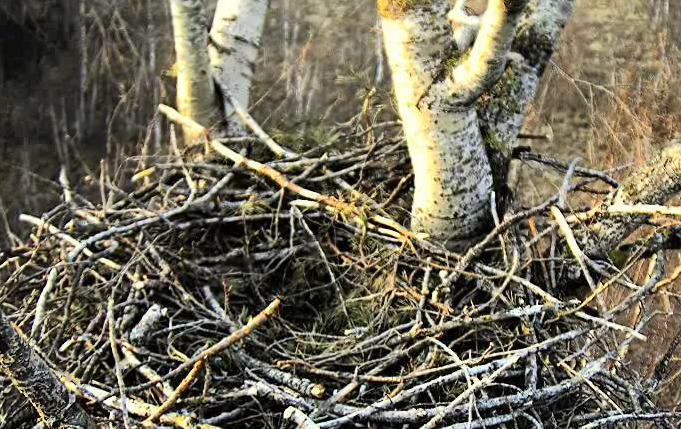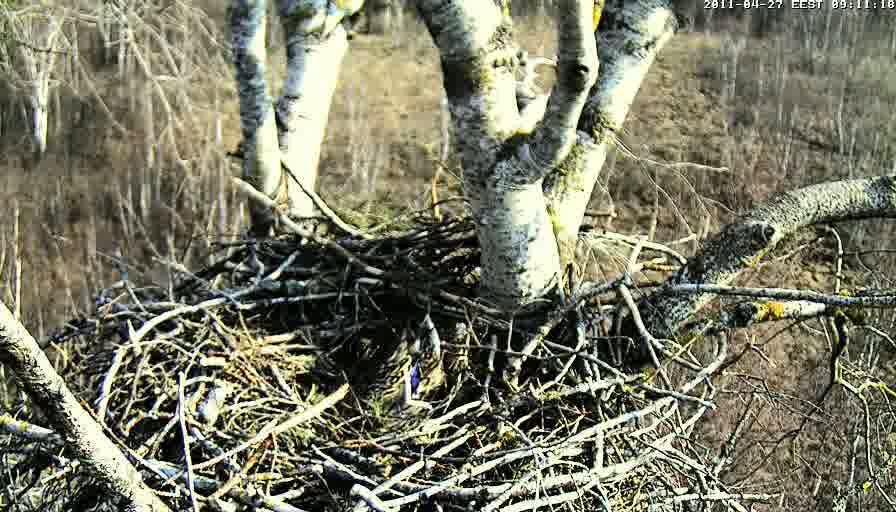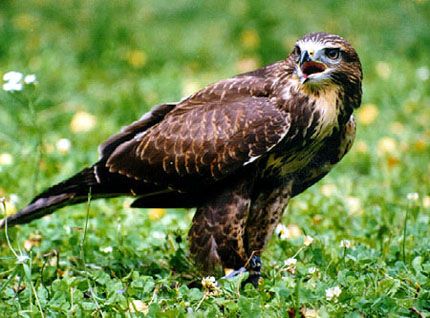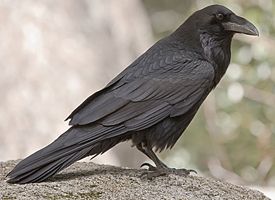
No Lady Mallard in the nest this afternoon,just beautiful birdsong, and with that Buzzard for neighbours that might be for the best. But it was an exciting morning, and nearly made me come to late for work
Have a nice evening everybody
Moderator: ame

Beans, a Buzzard is buteo buteo.beans wrote:When you say Buzzard, are you referring to (what looks like to me) a Common Raven (Corvus corax) on the nest?

fireblade1 wrote: Hello Buzzard


Beans I think they Buzzards (buteo buteo) are quite similar to our Red Tailed Hawks (Buteo jamaicensis) [Rough legged hawk (Buteo lagopus)] -- the calls seem similar to me. And I think they both come in lighter and darker variants. (ARKive says Buzzards vary a lot in colour althought the top is darker than the bottom)beans wrote:Yes, the bird in the nest doesn't look like the bird posted in Wikipedia, if we can count on this website to be accurate. At first I thought it was a Common Raven, but I was wrong. The body types are different. The bird in Fireblade's picture looks like it has a raptor's beak, but we can't see its talons, to be 100% sure.
Here's an article in Wikipedia about Buzzards:
CLICK HERE
I'm always interested in new birds. I rely on Cornell Lab of Ornithology, where I can get complete information. But there are no Buzzards in North America, so no information about them here. I have a paid membership to Birds of North America (part of Cornell Lab of Ornithology) where I can obtain detailed information about birds I come across in the wild and in the wildlife hospitals.


Of course both birds in first two photos are Buzzards (Buteo buteo). This species has very different plumage colors. There could be two subspecies in Europe- Buteo buteo buteo and Buteo buteo vulpinus and also there are pale and dark color morphs and many intermediate plumage variants. Sometimes even for experts it's not easy to identify this species.beans wrote:I'm not familiar with Buzzards, so I want to learn a little more about them.
Are these both Buzzards (Buteo buteo)?
This is a Common Raven (Corvus corax)